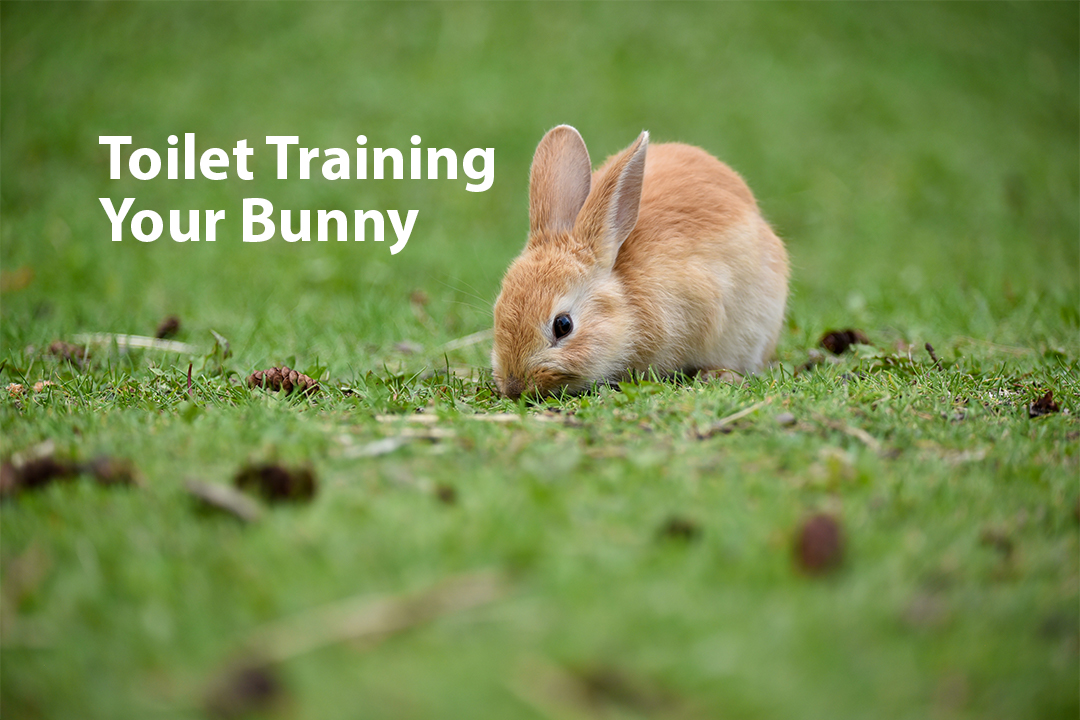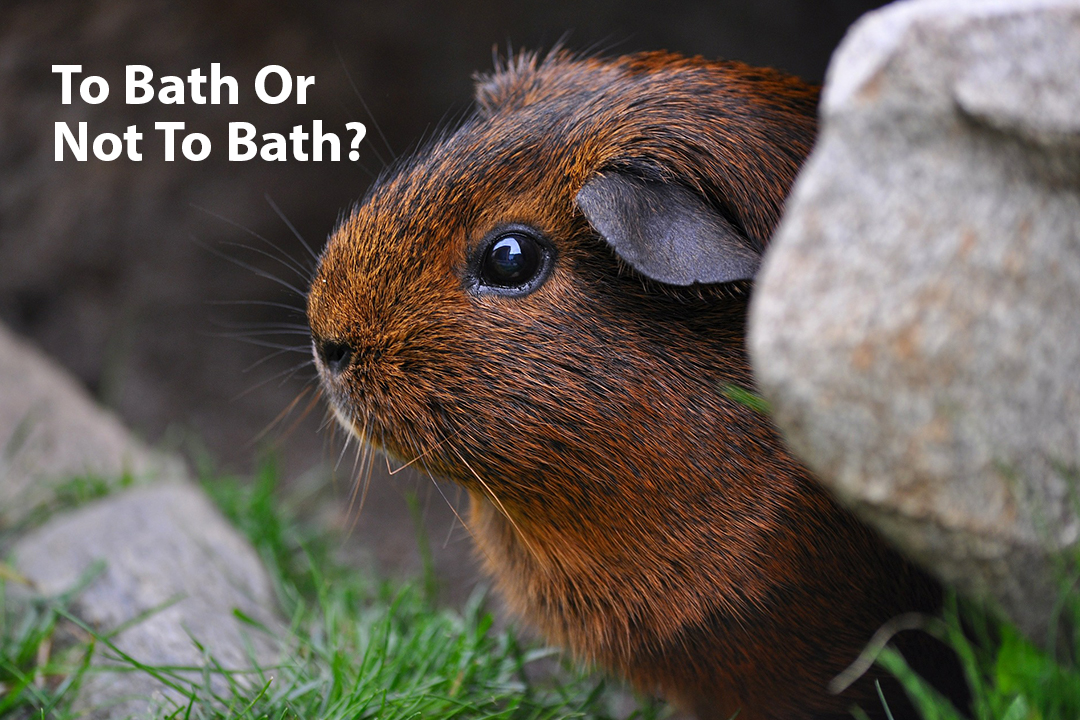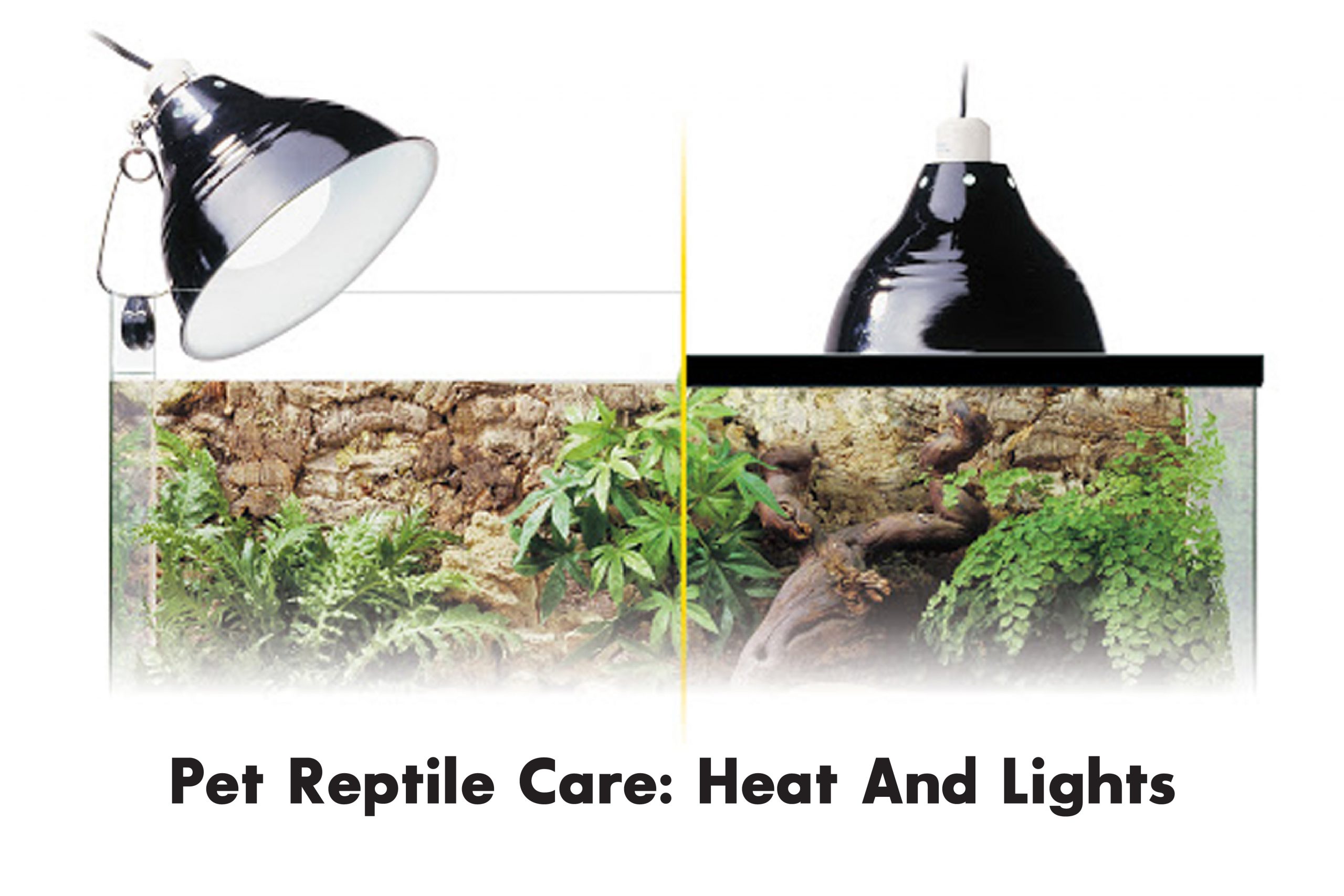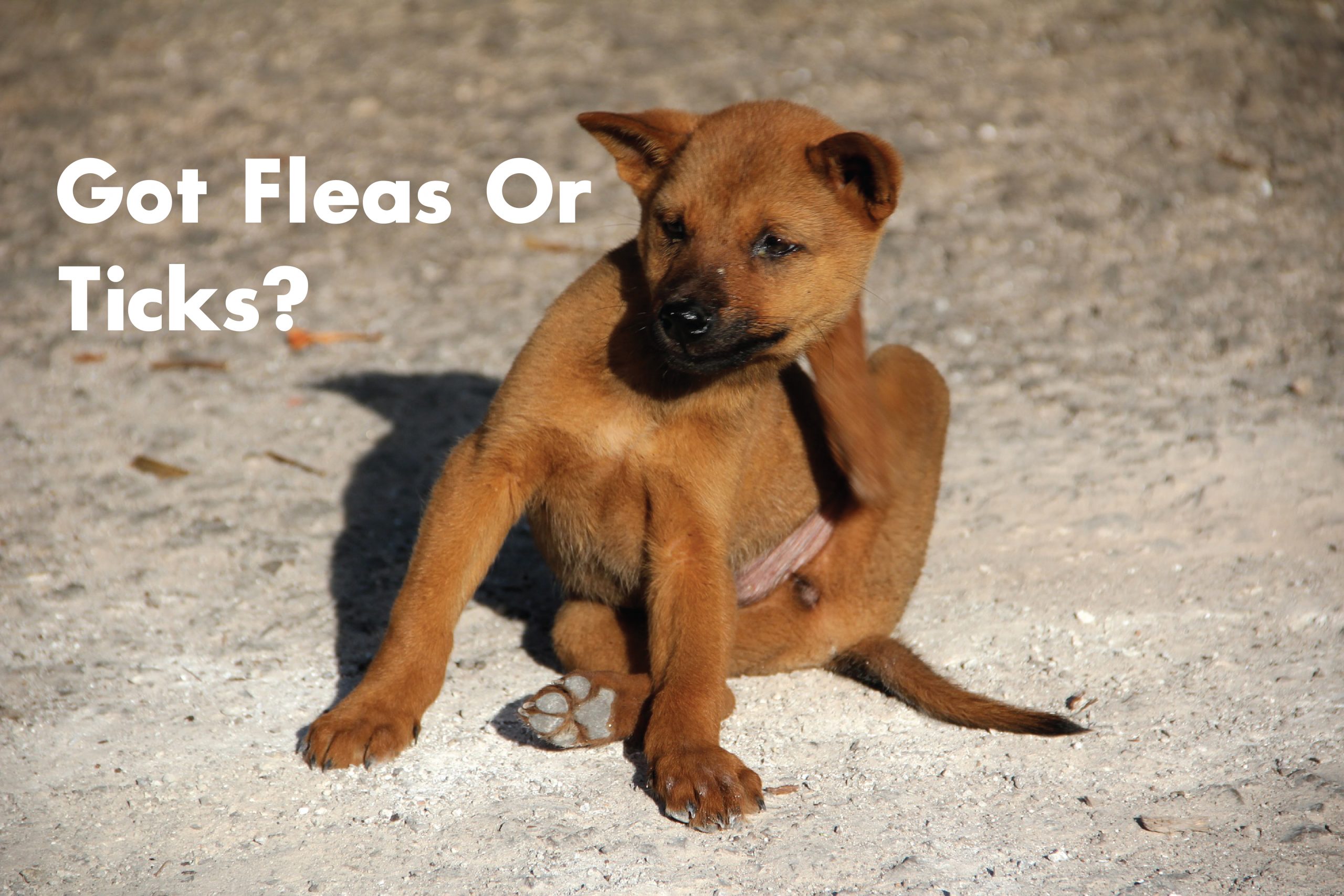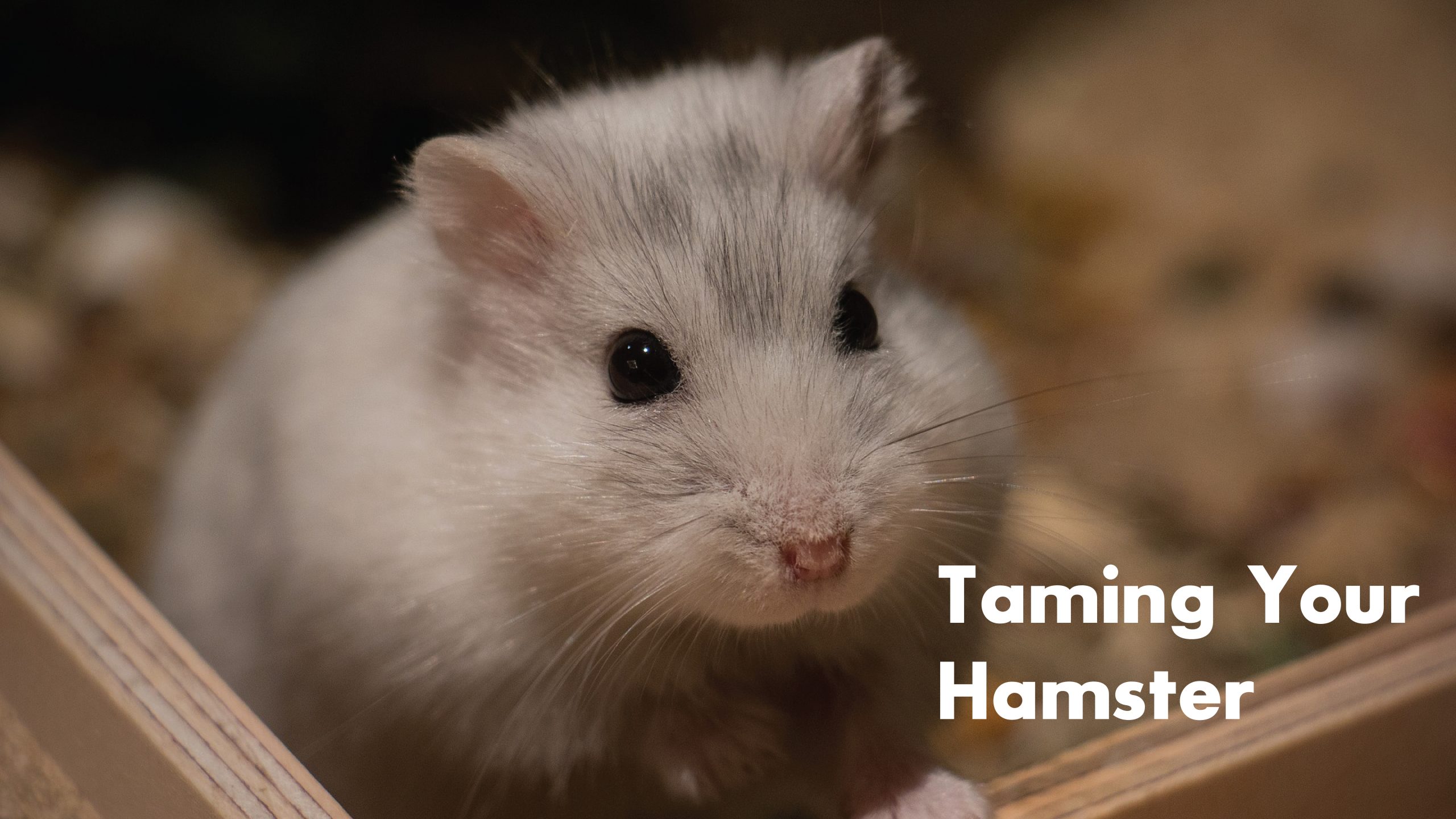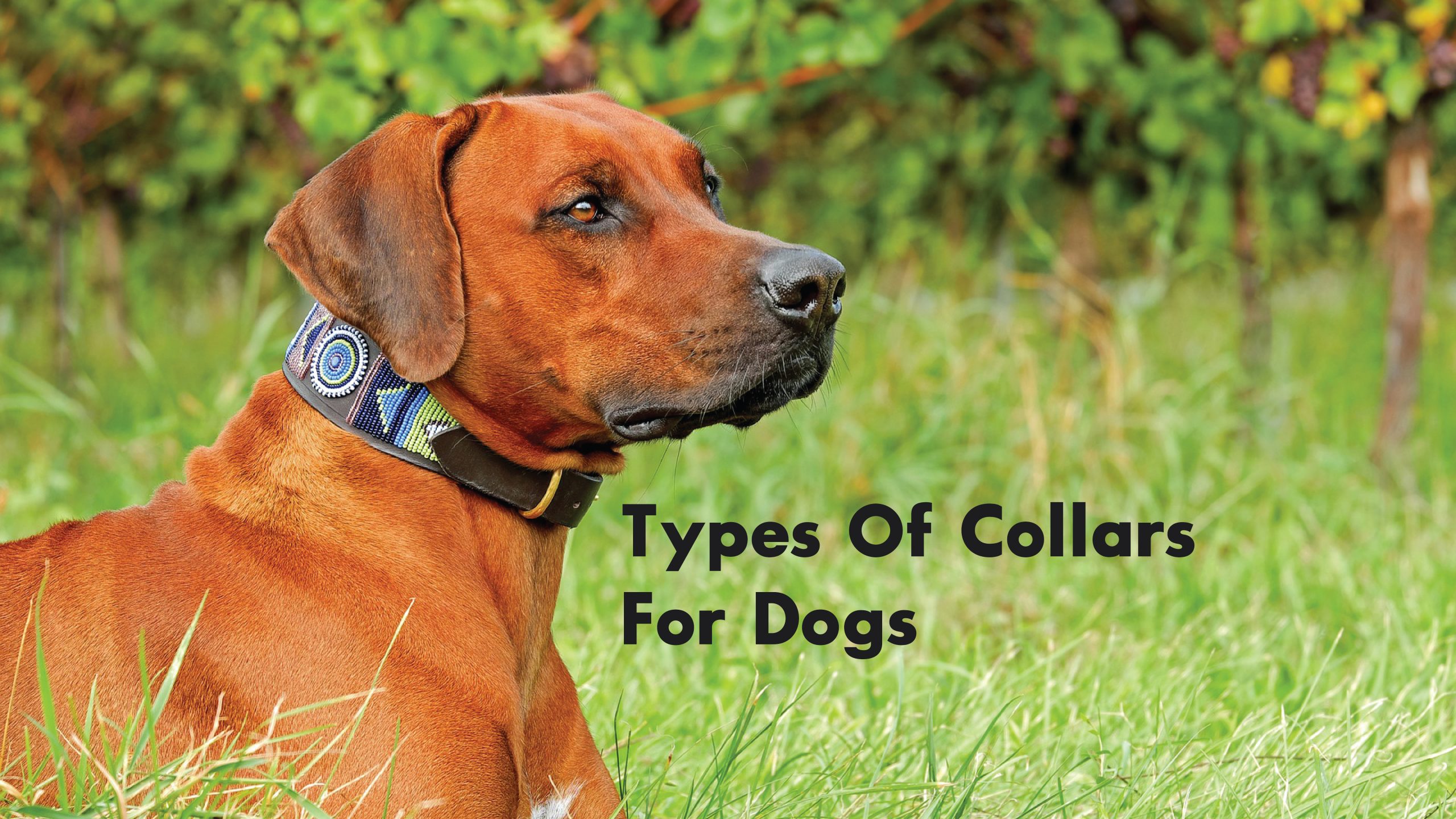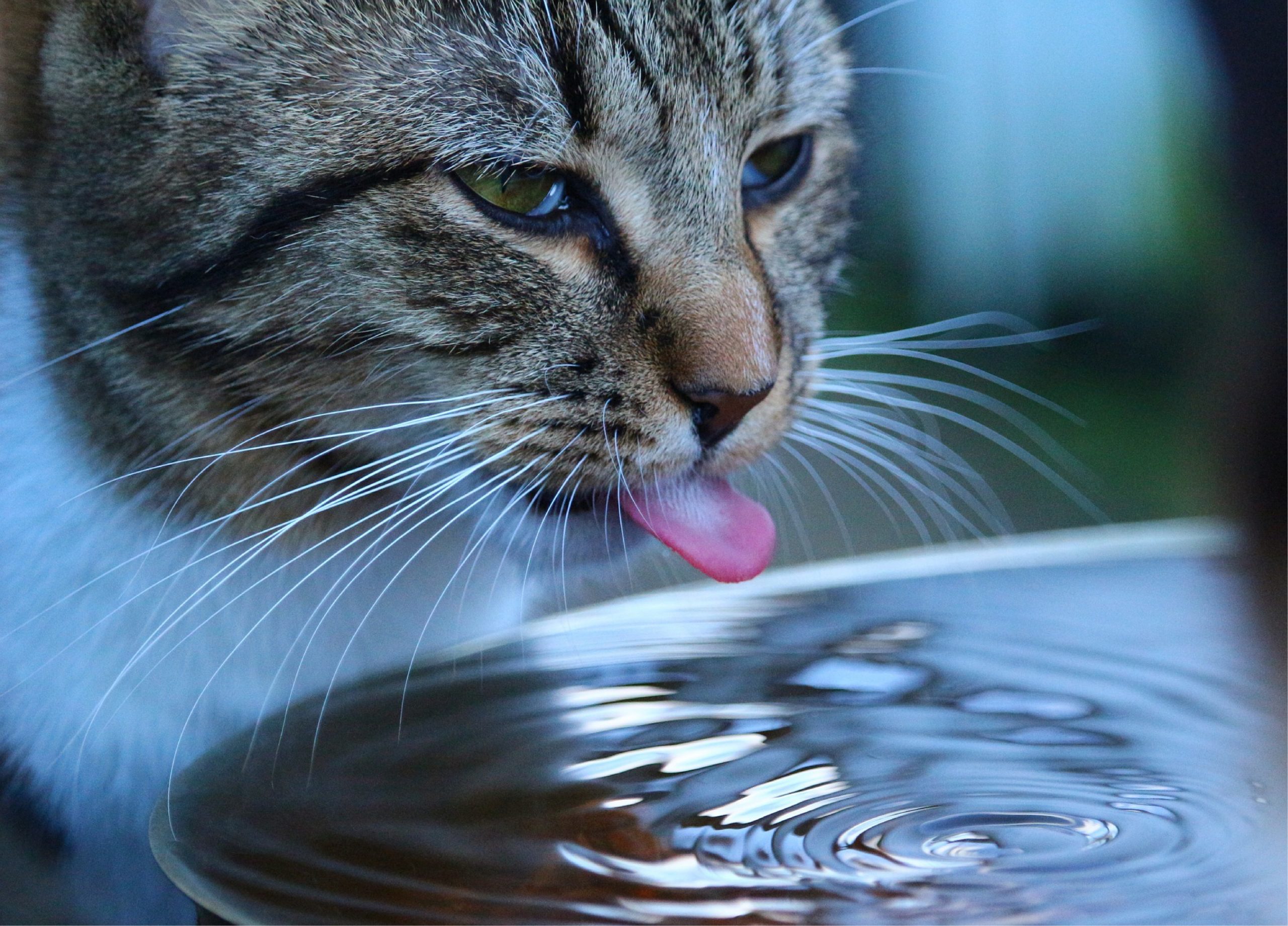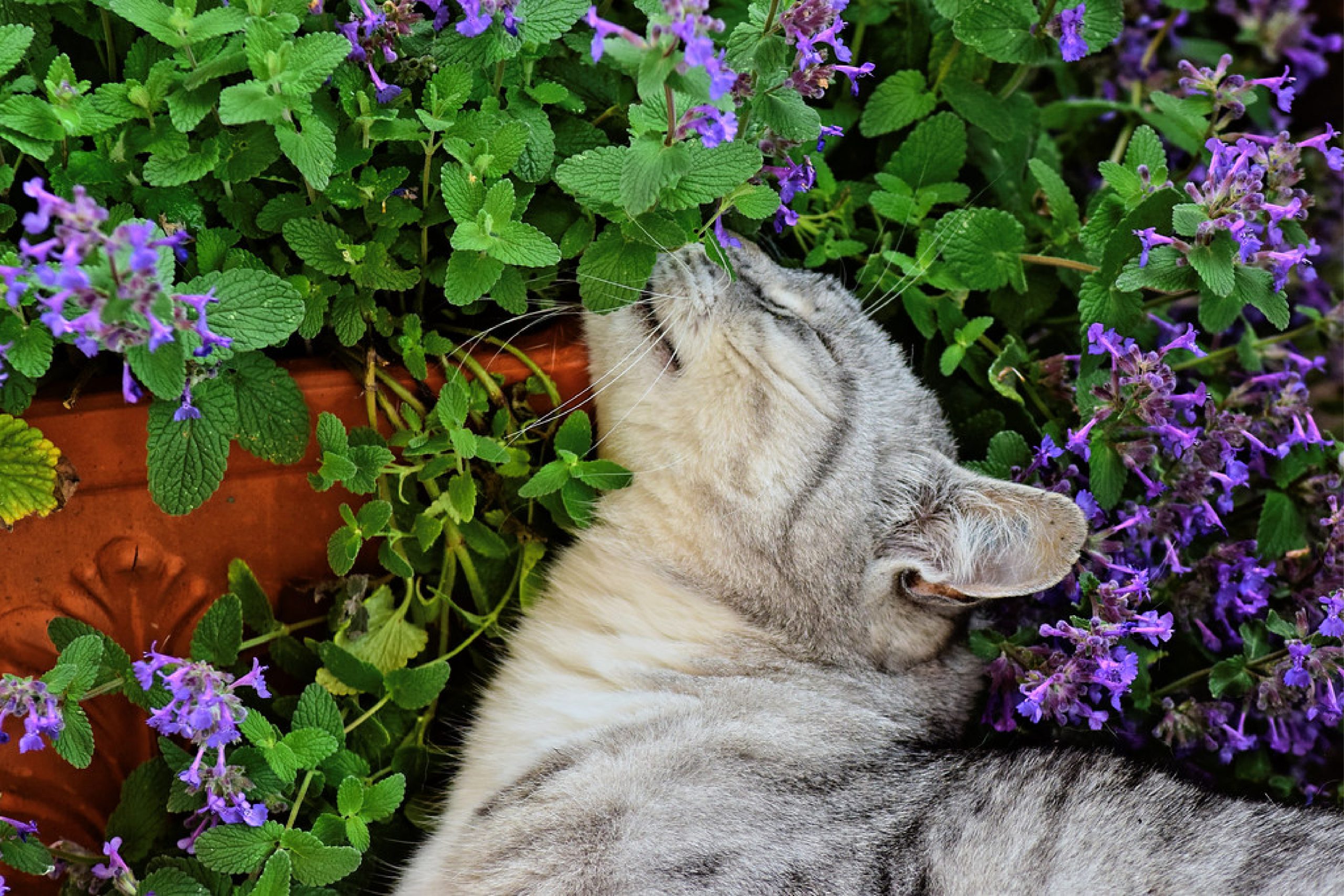Muzzles are easily one of the most misunderstood tools and are often associated with aggressive dogs. But this isn’t always the case. The use of a muzzle on a dog can show that its owner is being responsible and proactive. Therefore, it is highly recommended that dog owners keep a muzzle at hand. You never know but a muzzle can be a very handy tool in many situations!


